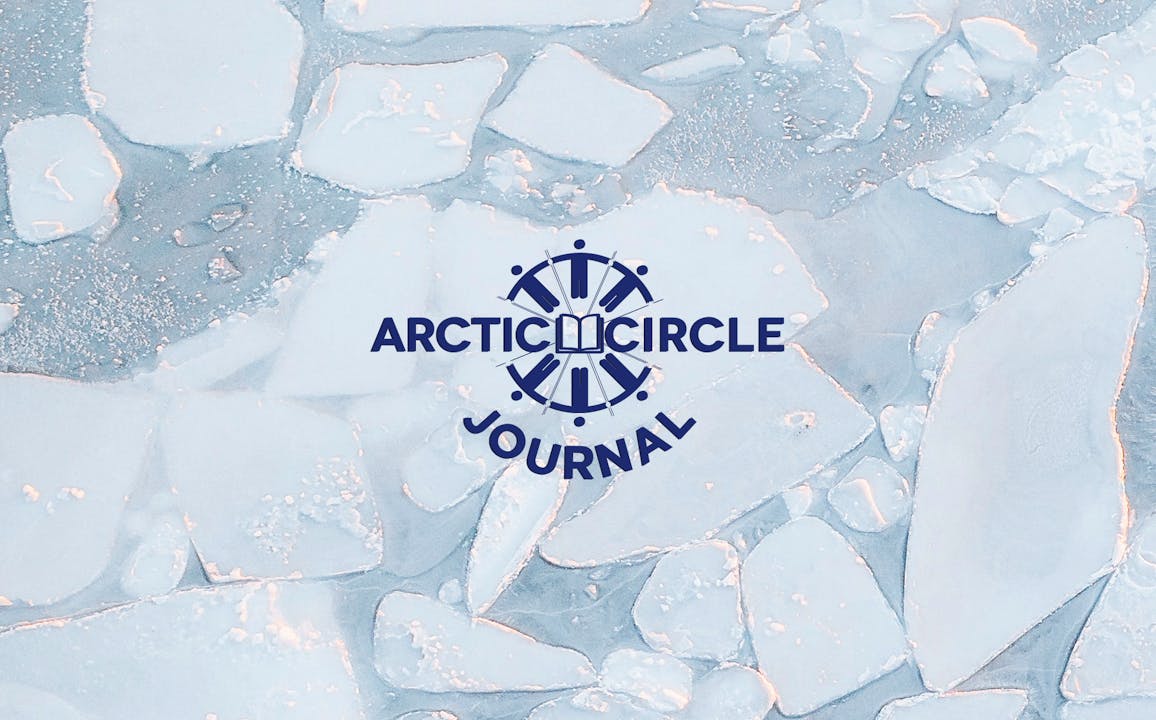The Arctic Economic Council (AEC) is an independent business organisation facilitating sustainable economic development in the Arctic. Its membership includes more than 30 companies and organisations that all have interests in the High North. The members are large multinational corporations and SMEs, as well as indigenous organisations such as the Inuit Circumpolar Council, RAIPON, NANA Regional Corporation, and the Aleut International Association.
Currently the AEC has five working groups that cover:
- Maritime Transportation
- Investment and Infrastructure
- Responsible Resource Development
- Blue Economy
- Connectivity
The Connectivity working group has mainly focused on telecommunication. However, the AECS’s everyday work is based on connectivity in building relationships with stakeholders, fostering business opportunities and promoting investment opportunities.
The work of the AEC can be listed under three themes:
- Policy Advocacy: The AEC conducts policy advocacy to promote the best framework conditions for companies operating in the Arctic. This happens both with national governments and international organisations.
- Partnerships: The AEC facilitates networking among its members in creating private- public partnerships.
- Awareness Raising: The AEC communicates opportunities in the Arctic to the public. This involves addressing prevailing misconceptions surrounding the Arctic and shaping the image of the region as a provider of innovative technological solutions for the rest of the world.
The Connection with the Arctic Council
The inaugural meeting of the Arctic Economic Council took place in Iqaluit, Nunavut, Canada in 2014. This was after the Arctic Council (AC) had recognised a missing link in communicating with the business sector. Both the AEC and the AC have their main offices in Tromsø, Norway, which allows for close dialogue and coordination. Over the years, this collaboration has developed into a strategic partnership formalised under the Icelandic chairmanship, and culminated in 2019 with the signing of the Memorandum of Understanding in Rovaniemi. Soon after, AEC and AC hosted their first joint meeting where the Senior Arctic Officials, Permanent Participants, AEC members, and representatives from the working groups discussed common challenges. Most recently, the two councils have been collaborating on the AC Task Force on Improved Connectivity. The AC has a coordinator to follow the work of the AEC Connectivity working group.
